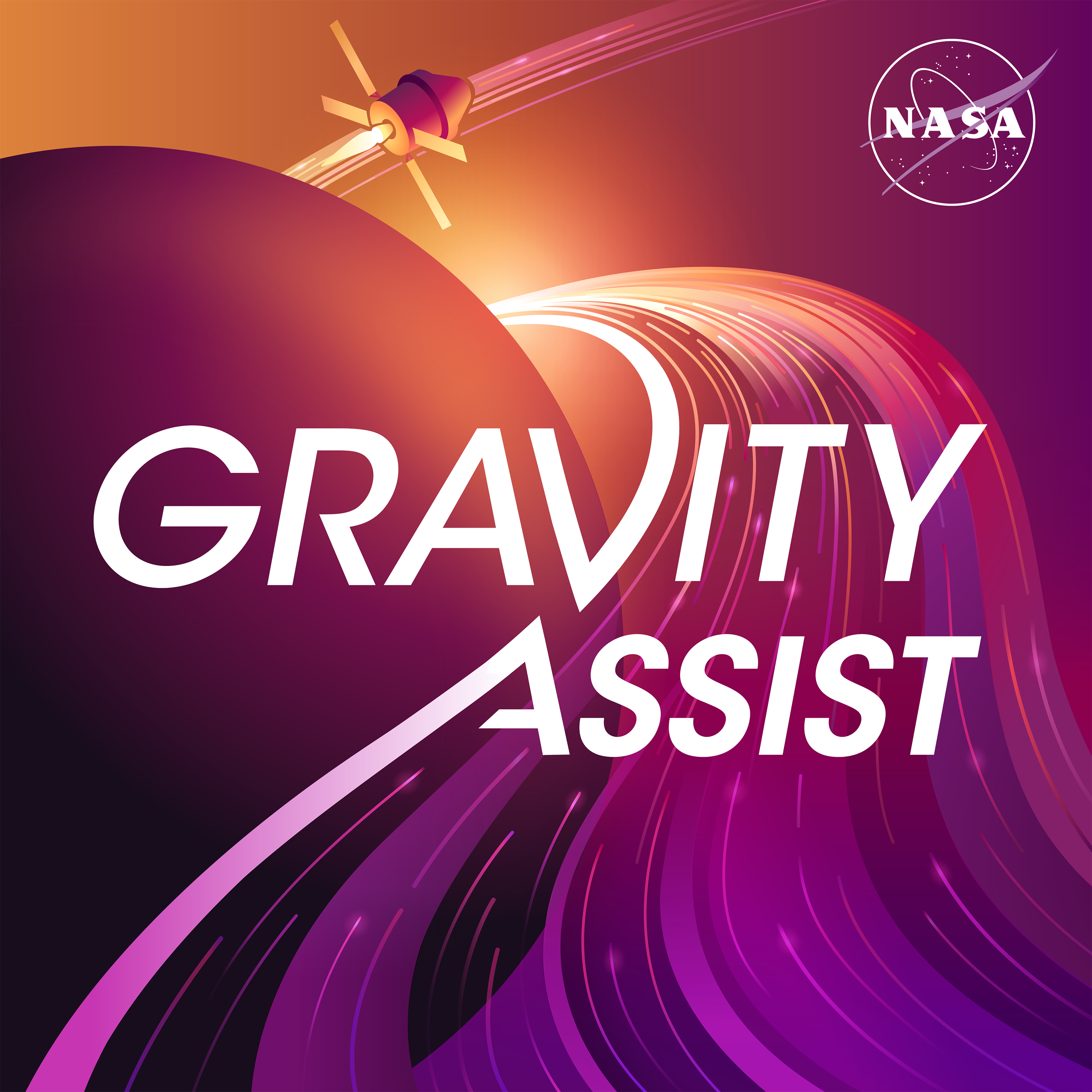NASA’s interplanetary talk show, hosted by former Chief Scientist Jim Green, introduces you to space professionals working to take exploration into the future.

NASA’s interplanetary talk show, hosted by former Chief Scientist Jim Green, introduces you to space professionals working to take exploration into the future.
Climate change is one of the most important issues facing our planet, and NASA has lots of space missions and programs in the works to monitor and understand its drivers and effects. Kate Calvin, NASA’s new chief scientist, is also the agency’s senior climate advisor. In this episode, Kate previews upcoming Earth science missions and discusses cut
NASA is about to launch a new spacecraft to look at the universe in X-ray light. The Imaging X-Ray Polarimetry Explorer, IXPE, will look at extreme objects such as black holes, neutron stars, and supernovae, asking fundamental questions about how high-energy light gets produced.
NASA’s Double Asteroid Redirection Test Mission, or DART, will deliberately impact a small asteroid called Dimorphos to deflect its orbit around a bigger object, Didymos. Nancy Chabot, planetary scientist at the Johns Hopkins University Applied Physics Laboratory, has the details.
As NASA prepares to send astronauts to the Moon through the Artemis program, engineers are working on technologies that will give these explorers power – solar power, that is. In space, the harsh radiation and huge temperature changes make for a challenging environment.